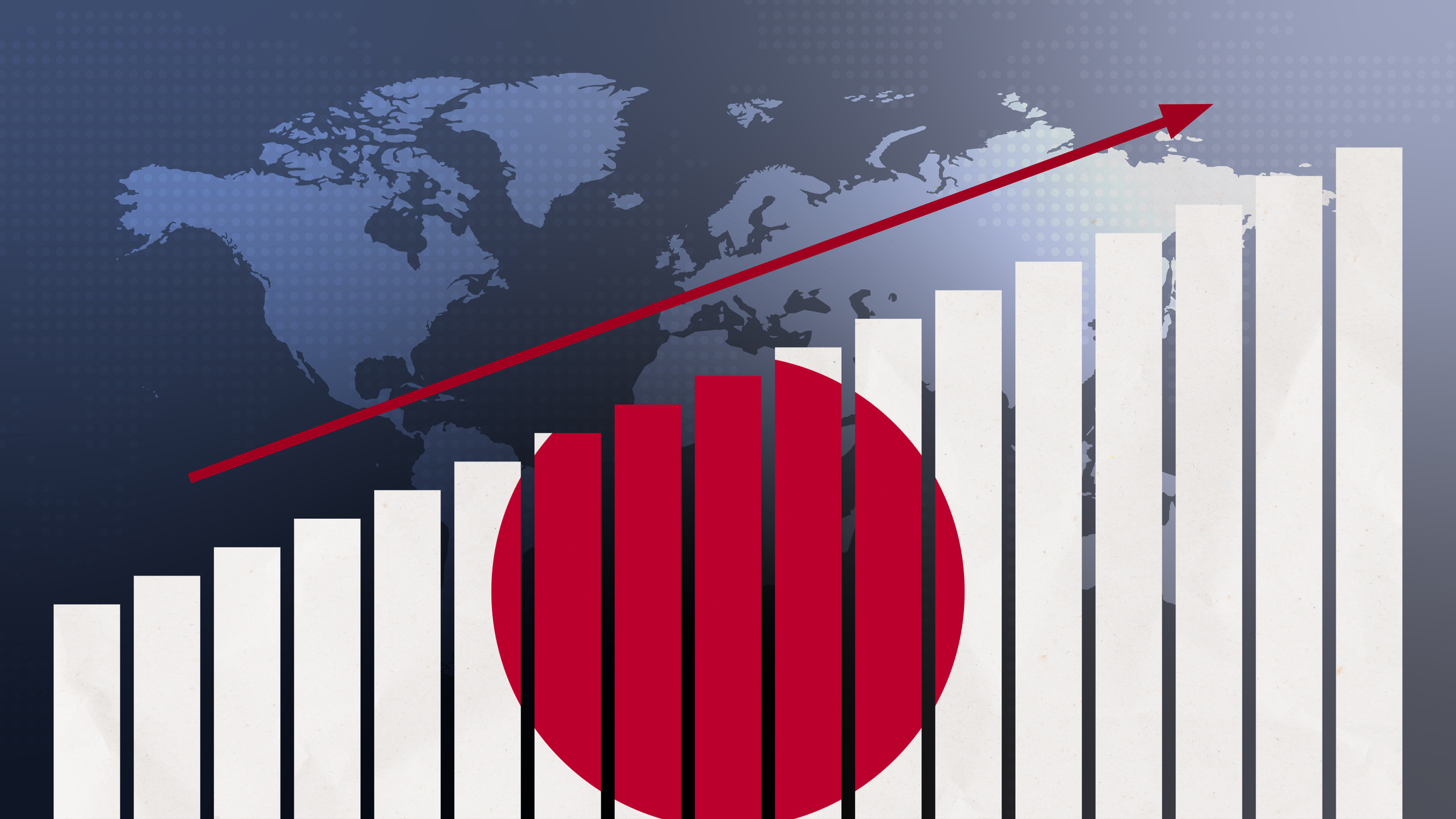Deep-Sea Mining Applications to Start in Summer: Kiplinger Economic Forecasts
However, it is still unclear when deep-sea mining will actually begin.


Mining is the extraction of materials from the earth. While sometimes controversial, it plays a huge part in the economy as it affects the supply of raw materials which power industries.
To help you understand this sector, our highly experienced Kiplinger Letter team will update you on major developments (Subscribe to The Kiplinger Letter or get a free issue). Here is our latest mining forecast…
While international regulators are still putting various rules in place, they will likely start accepting deep-sea mining applications this summer.

Sign up for Kiplinger’s Free E-Newsletters
Profit and prosper with the best of expert advice on investing, taxes, retirement, personal finance and more - straight to your e-mail.
Profit and prosper with the best of expert advice - straight to your e-mail.
The UN-affiliated International Seabed Authority (ISA) won’t finish its mining code by July 9, the deadline that was set after the island nation Nauru triggered a provision in the UN Convention on the Law of the Sea.
To keep the process moving, ISA will instead start hearing bids from companies interested in mining the seabed. Less clear is when mining will actually start, likely not until next year at the earliest, but other obstacles could push the start date back even further.
Cost of deep-sea mining is still high
Raising the necessary capital will also be a challenge for miners who are working out the kinks, such as the Metals Company (TMC). The Canadian firm has estimated that a full-fledged mining operation with a processing facility would cost $10.6 billion to launch, a sum that might be prohibitively expensive.
The seabed contains more valuable minerals than all continents combined, including abundant deposits of copper, nickel, manganese and cobalt.
Clean-energy mining
All have key clean-energy applications, most notably batteries for electric vehicles (EVs). Notably, the U.S. will not have a dog in the fight for deep-sea minerals.
Lockheed Martin (LMT), which long maintained an interest in deep-sea mining via foreign subsidiary UK Seabed Resources, has already exited the business.
American companies cannot directly apply for deep-sea mining permits, since the Senate has not yet ratified the UN Convention on the Law of the Sea.
This forecast first appeared in the Kiplinger Letter, which has been running since 1925 and is a collection of concise weekly forecasts on business and economic trends, as well as what to expect from Washington, to help you understand what’s coming up to make the most of your investments and your money. Subscribe to the Kiplinger Letter here.
Related content
- EV Tax Credit: Rule Changes Income Limits, What You Need to Know
- Top 10 Electric Cars in the U.S. — Most Popular EVs
- 9 Best Commodity ETFs to Buy Now
- Best Green Energy Stocks
Get Kiplinger Today newsletter — free
Profit and prosper with the best of Kiplinger's advice on investing, taxes, retirement, personal finance and much more. Delivered daily. Enter your email in the box and click Sign Me Up.

-
 6 Stunning Waterfront Homes for Sale Around the US
6 Stunning Waterfront Homes for Sale Around the USFrom private peninsulas to lakes, bayous and beyond, Kiplinger's "Listed" series brings you another selection of dream homes for sale on the waterfront.
By Charlotte Gorbold Published
-
 Six Reasons to Disinherit Someone and How to Do It
Six Reasons to Disinherit Someone and How to Do ItWhether you're navigating a second marriage, dealing with an estranged relative or leaving your assets to charity, there are reasons to disinherit someone. Here's how.
By Donna LeValley Published
-
 What DOGE is Doing Now
What DOGE is Doing NowThe Kiplinger Letter As Musk's DOGE pursues its ambitious agenda, uncertainty and legal challenges are mounting — causing frustration for Trump.
By Matthew Housiaux Published
-
 A Move Away From Free Trade
A Move Away From Free TradeThe Letter President Trump says long-term gain will be worth short-term pain, but the pain could be significant this year.
By David Payne Published
-
 Trump’s Whirlwind Month of Crypto Moves
Trump’s Whirlwind Month of Crypto MovesThe Kiplinger Letter The Trump administration wants to strengthen U.S. leadership in the cryptocurrency industry by providing regulatory clarity.
By Rodrigo Sermeño Published
-
 What Could Derail the Economy This Year?
What Could Derail the Economy This Year?The Letter While the outlook for the U.S. economy is mostly favorable, there are plenty of risks that bear watching.
By David Payne Published
-
 Three Ways President Trump Could Impact the Economy
Three Ways President Trump Could Impact the EconomyThe Letter Some of Trump's top priorities could boost economic growth, but others risk fueling inflation.
By David Payne Published
-
 10 Predictions for 2025 from The Kiplinger Letter
10 Predictions for 2025 from The Kiplinger LetterThe Kiplinger Letter As 2025 arrives, here are our top 10 forecasts for the new year.
By Letter Editors Published
-
 Europe Faces Economic and Political Headwinds Next Year
Europe Faces Economic and Political Headwinds Next YearThe Letter Challenges for Europe: Potential tariffs, high energy prices and more competition from China will weigh on the bloc in 2025.
By Rodrigo Sermeño Published
-
 Don't Sleep on Japan's Economic Transformation
Don't Sleep on Japan's Economic TransformationThe Letter After almost three lost decades, Japan — one of the world's biggest economies — is finally showing signs of life.
By Rodrigo Sermeño Published